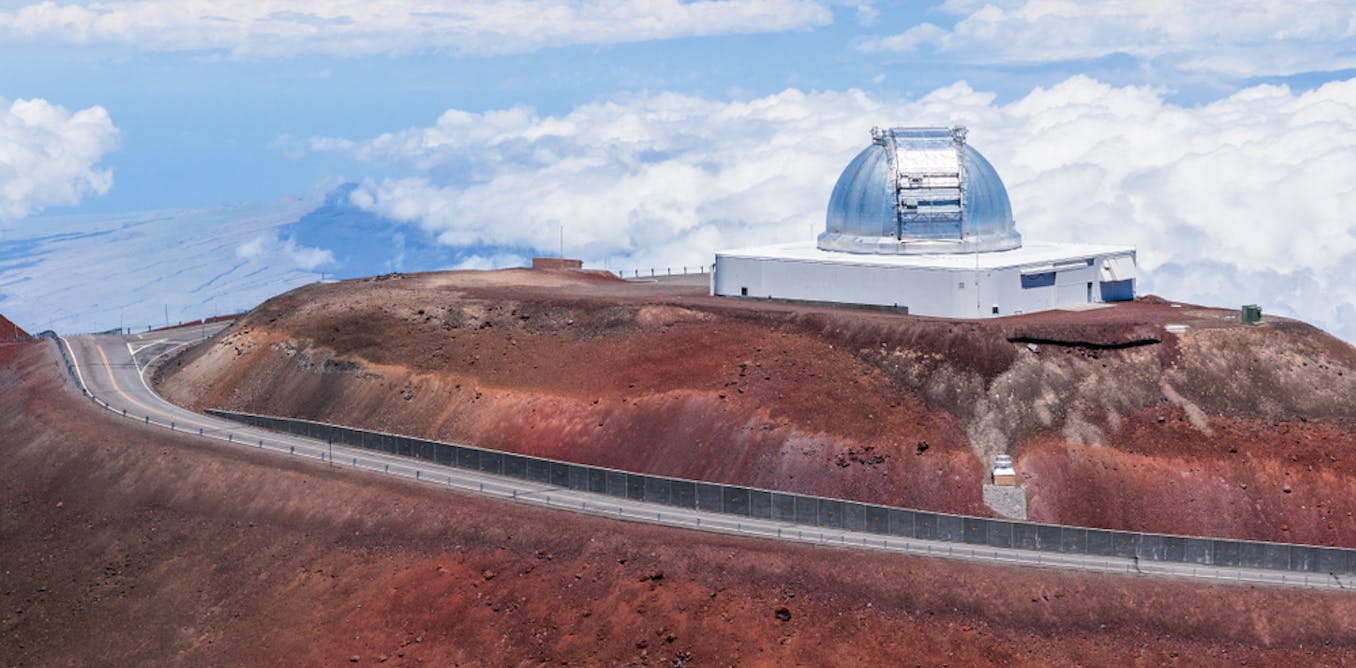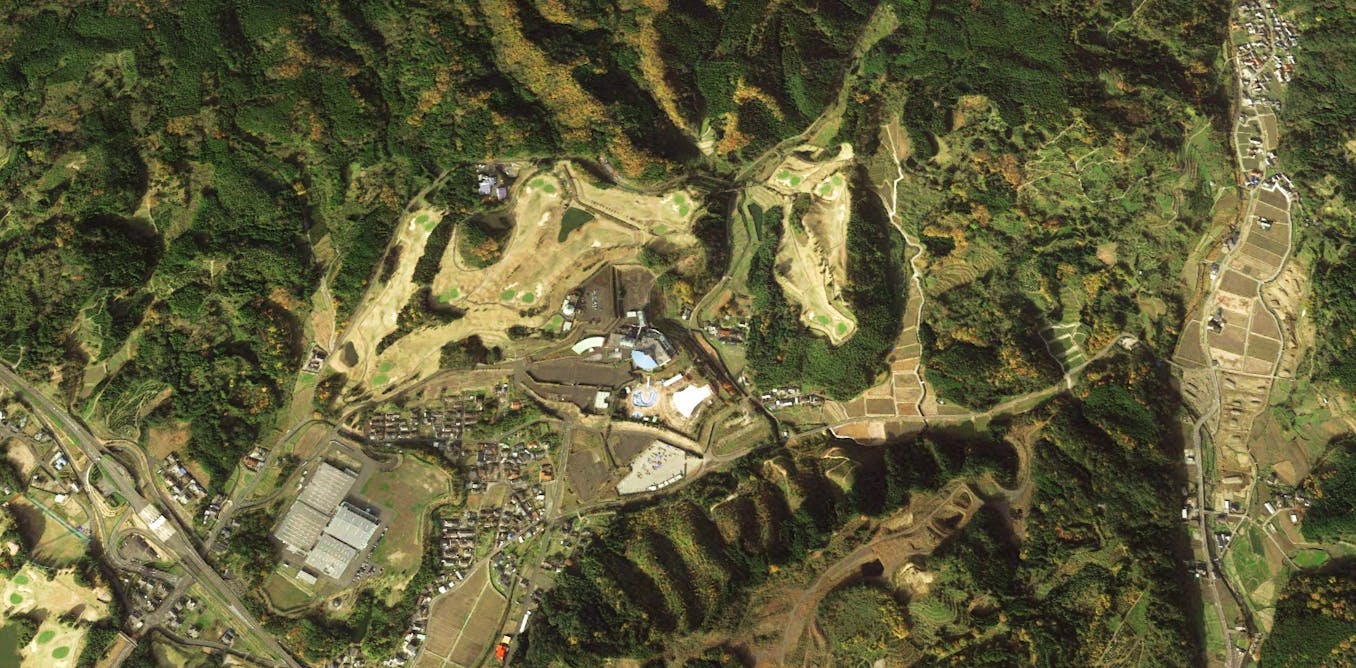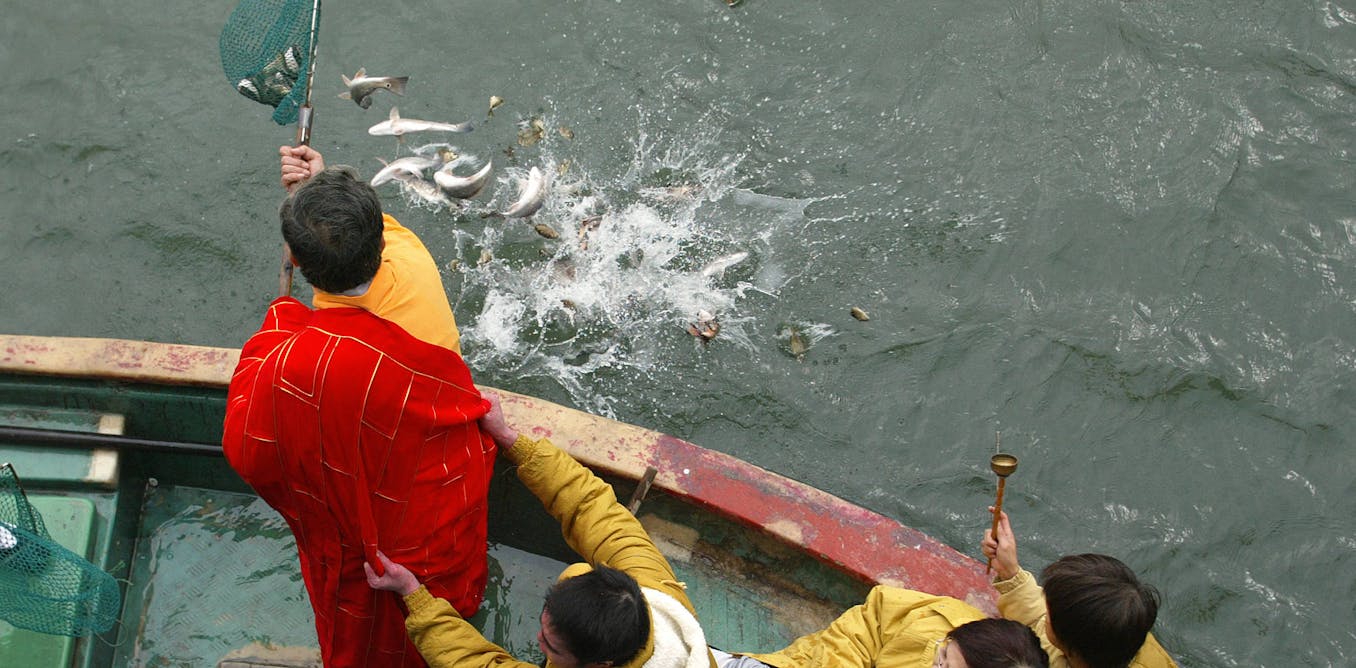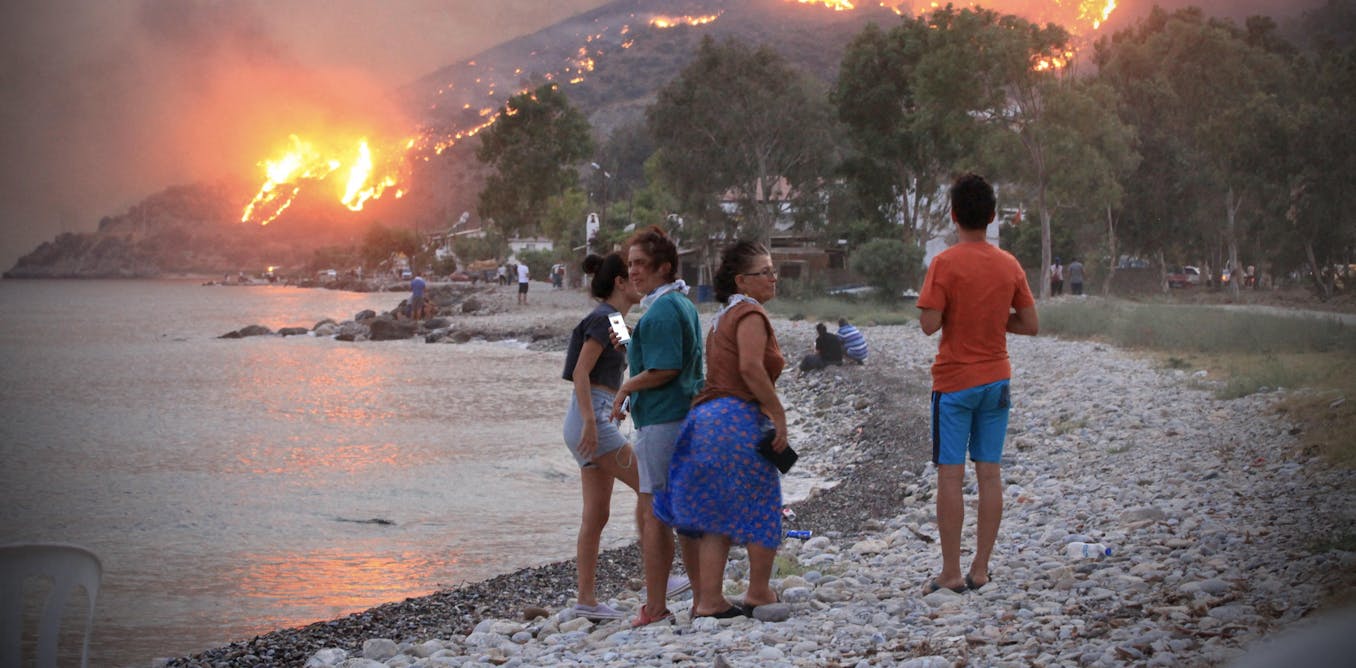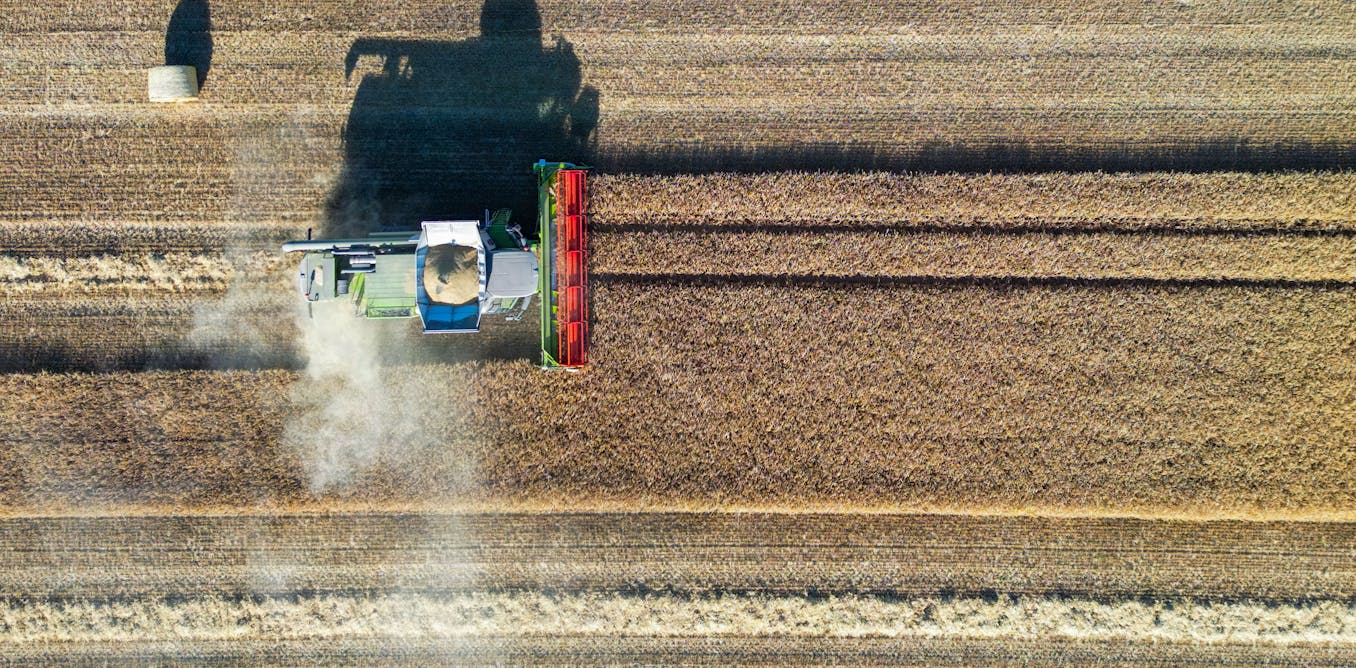California startup Ebb Carbon could start using seawater to remove hundreds of tonnes of carbon dioxide from the air as soon as this year, according to plans and permit applications filed with the city of Port Angeles in Washington state.
The carbon dioxide removal (CDR) pilot plant, code-named Project Macoma and not previously reported, will pump hundreds of thousands of liters of seawater every day into a series of tanks and shipping containers on shore. There, an electrochemical process will split the water into acidic and alkaline streams. The acidic stream will be either neutralized or shipped out in trucks, while the alkaline stream will be returned to the ocean via a floating barge.
That alkaline outflow would mix with C02 in the ambient seawater to create bicarbonate, which is a stable way to store carbon. With more CO2 locked away, the ocean would slowly seek equilibrium by drawing down CO2 gas from the air. In this way, the company claims it will remove at least 500 tonnes of CO2 per year from the atmosphere.
While that’s literally a drop in the ocean compared to the more than 2.5 trillion tonnes of excess carbon dioxide that humanity has released into the atmosphere since the Industrial Revolution, it’s five times the capacity of the largest marine CDR experiments to date. Ebb is currently testing a 100-tonne system at the Pacific Northwest National Laboratory (PNNL) in nearby Sequim, while rival startups Captura and Equatic have similarly sized electrochemical plants at the Port of Los Angeles in California. All plan to sell, or have already presold, carbon-removal credits from future facilities.
“Findings from this small-scale pilot project would help support future commercial deployments at other locations throughout the world in order to help mitigate the effects of climate change,” Ebb wrote in an environmental checklist document for the city of Port Angeles. To ensure the energy-intensive electrochemical process remains carbon negative, Ebb chose a location that was powered primarily by renewable energy (in this case, hydropower).
Another clue to why California-based Ebb is operating in far-off Washington could be in the project’s name: Macoma is a genus of seawater clams, including many native to the Pacific Northwest. As well as warming the planet, carbon dioxide has been acidifying the oceans and decreasing the carbonate ions that many clams and oysters need to build their shells.
Washington’s shellfish aquaculture industry employs thousands of people and is worth hundreds of millions of dollars. The alkaline stream that Ebb returns to the sea should reduce acidity locally and could boost the growth of marine organisms. The company is actively seeking shellfish nurseries and hatcheries to partner with on future projects.
The Challenges of Scaling Up Marine Geoengineering
But the planned pilot is a complex endeavor. Ebb’s facility, which will eventually run day and night, will generate up to 20 liters a minute of…
Read full article: Ebb Carbon Plans Ocean Geoengineering Plant

The post “Ebb Carbon Plans Ocean Geoengineering Plant” by Mark Harris was published on 03/26/2024 by spectrum.ieee.org










